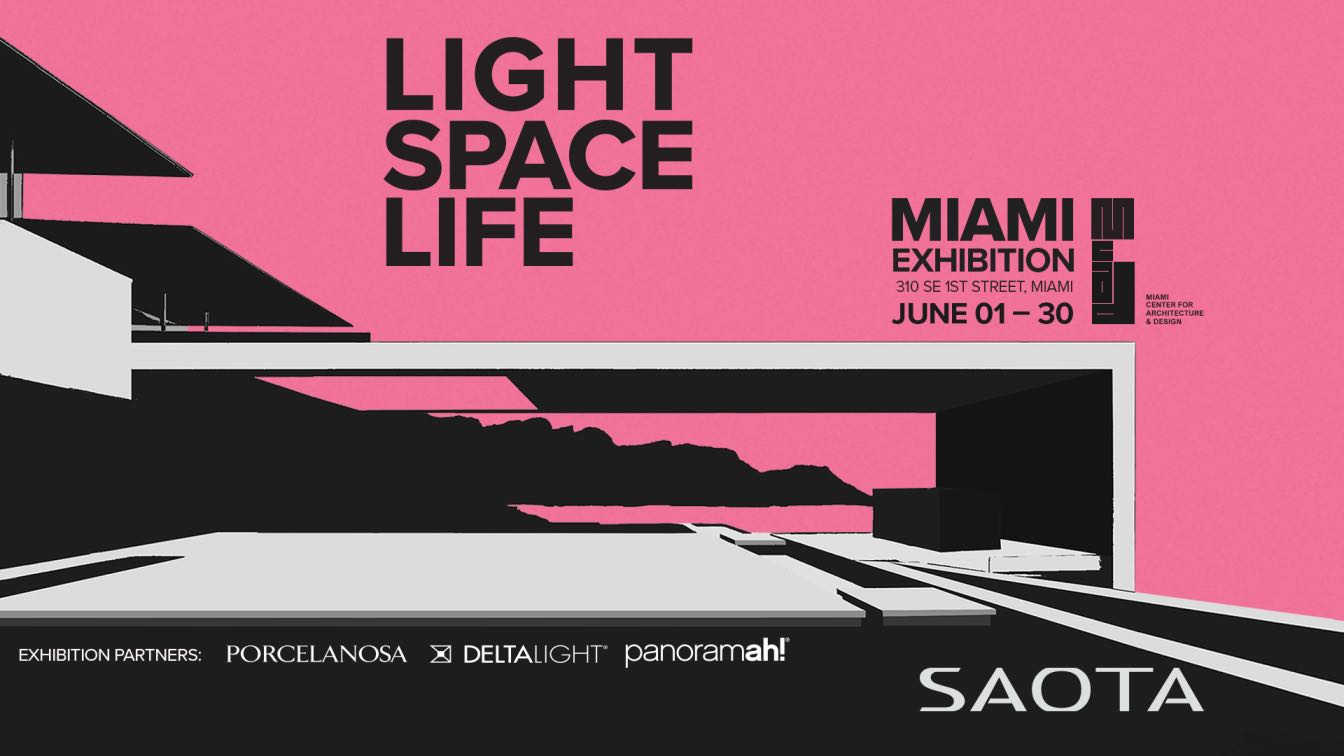
South African Architecture studio SAOTA presents LIGHT SPACE LIFE at the Miami Center for Architecture in Florida from 01 - 30 June 2022.
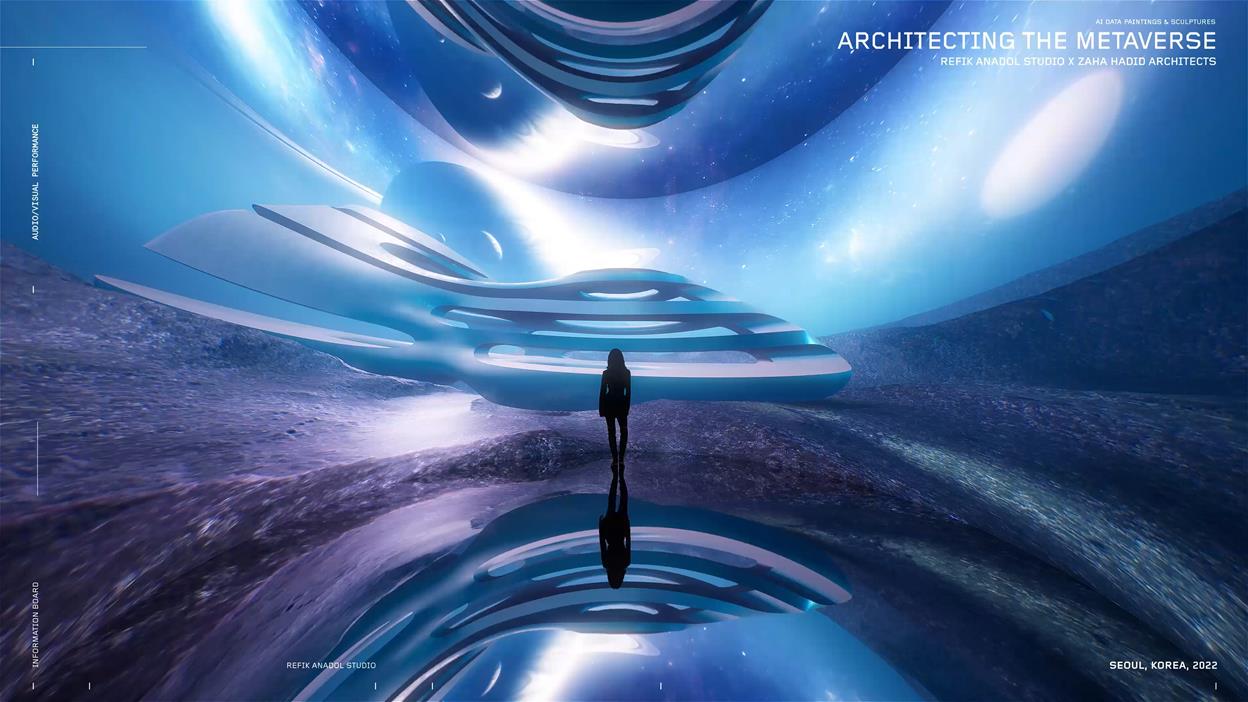
Zaha Hadid Architects (ZHA) in collaboration with Dongdaemun Design Plaza (DDP) in Seoul, Korea presents 'Meta-Horizons: The Future Now'. Designed by ZHA as a catalyst for the instigation and exchange of ideas and for new technologies and media to be explored, DDP opened in 2014 and has become a cultural hub and meeting place at the centre of the Dongdaemun district in Seoul.
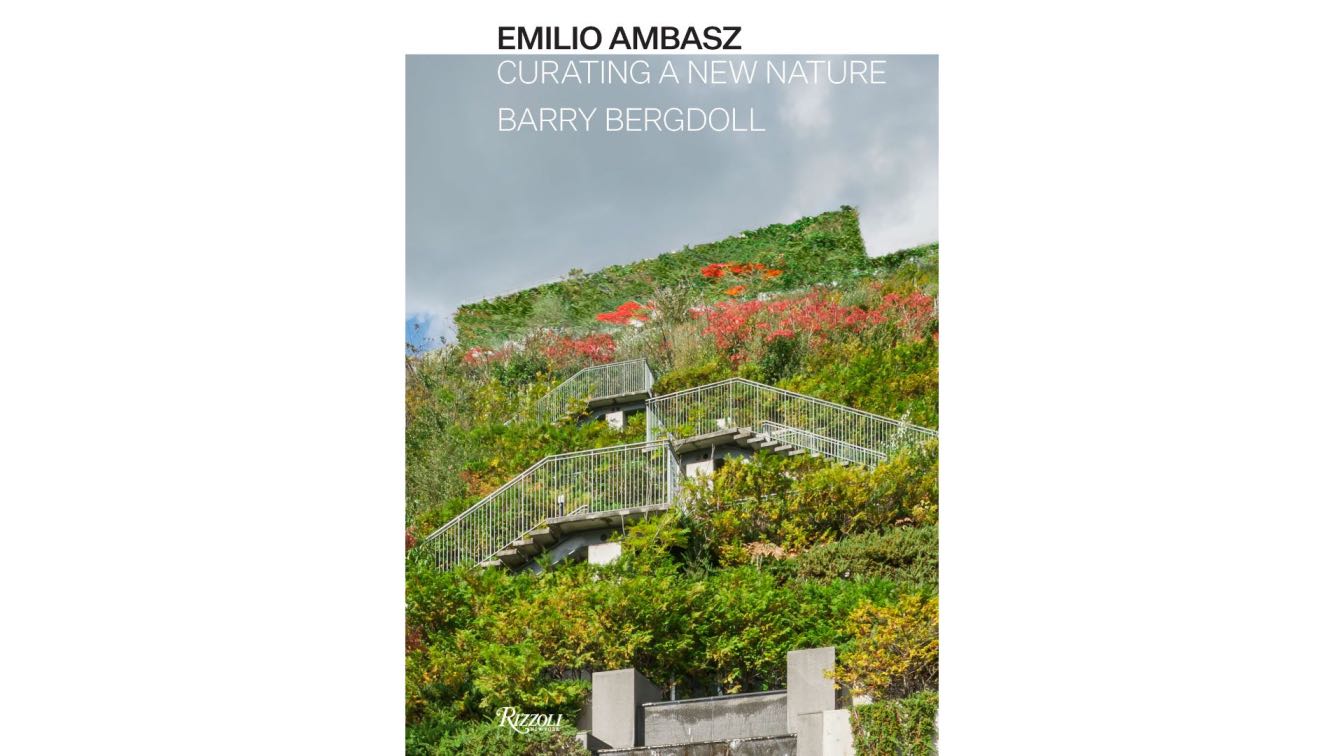
EMILIO AMBASZ: CURATING A NEW NATURE is a timely reevaluation of this ecologically minded trailblazer and vibrantly interdisciplinary figure of contemporary design and is a book destined for the well-rounded contemporay architecture library.
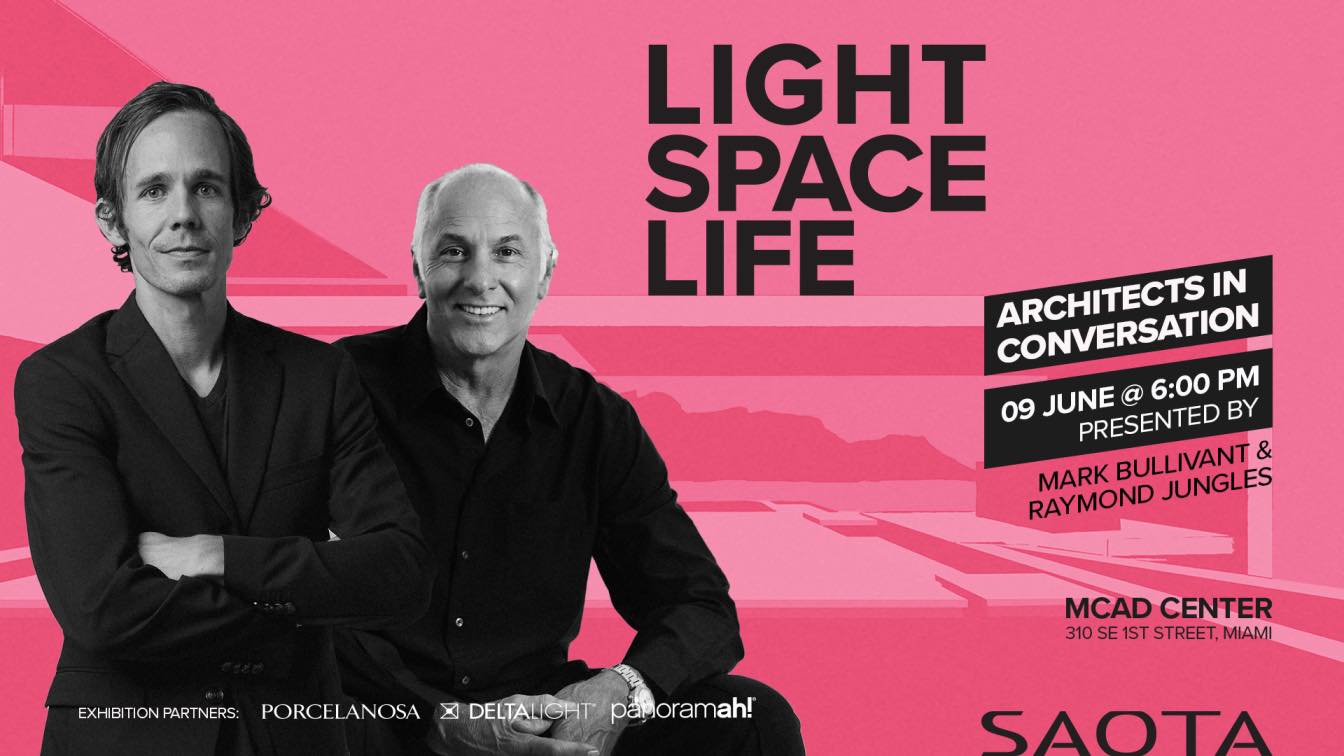
Architects in Conversation: SAOTA's Mark Bullivant and Landscape Architect Raymond Jungles at the Miami Center for Architecture
Events | 3 years agoLIGHT SPACE LIFE: Architects in Conversation will be hosted at the Miami Centre for Architecture & Design on Thursday, June 9 at 6 PM. SAOTA Principal Mark Bullivant and Raymond Jungles, founder of Miami-based Landscape Architecture firm Raymond Jungles, Inc will share insights into three core design themes - LIGHT, SPACE and LIFE - and how these values play an integral role in both building design and landscape architecture.
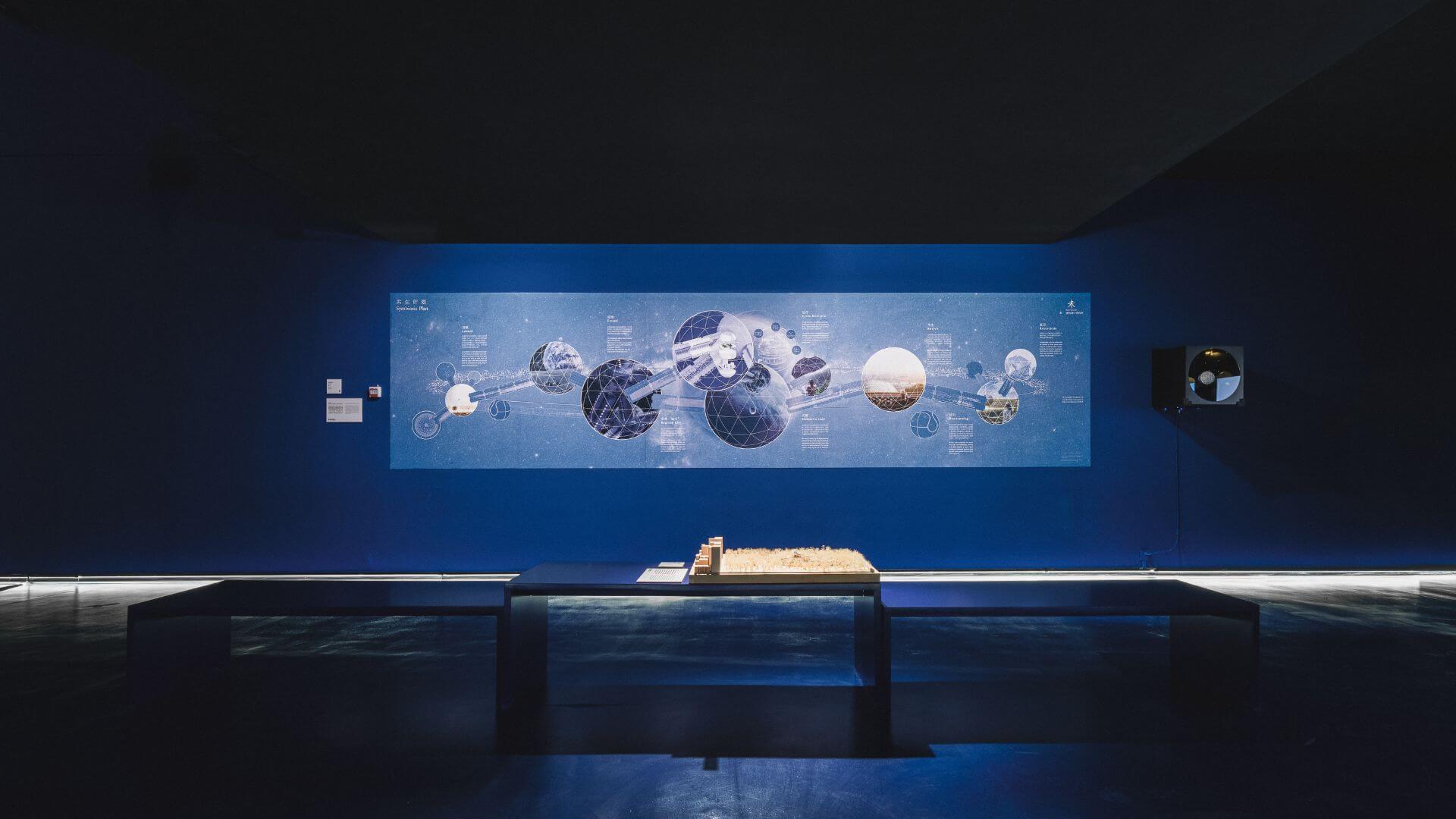
Blueprint Beijing, curated by Ma Yansong, opens as part of the first Beijing Biennial
Events | 2 years agoTwenty architects from around the world envision Beijing and the future in the exhibition Blueprint Beijing, curated by Ma Yansong.
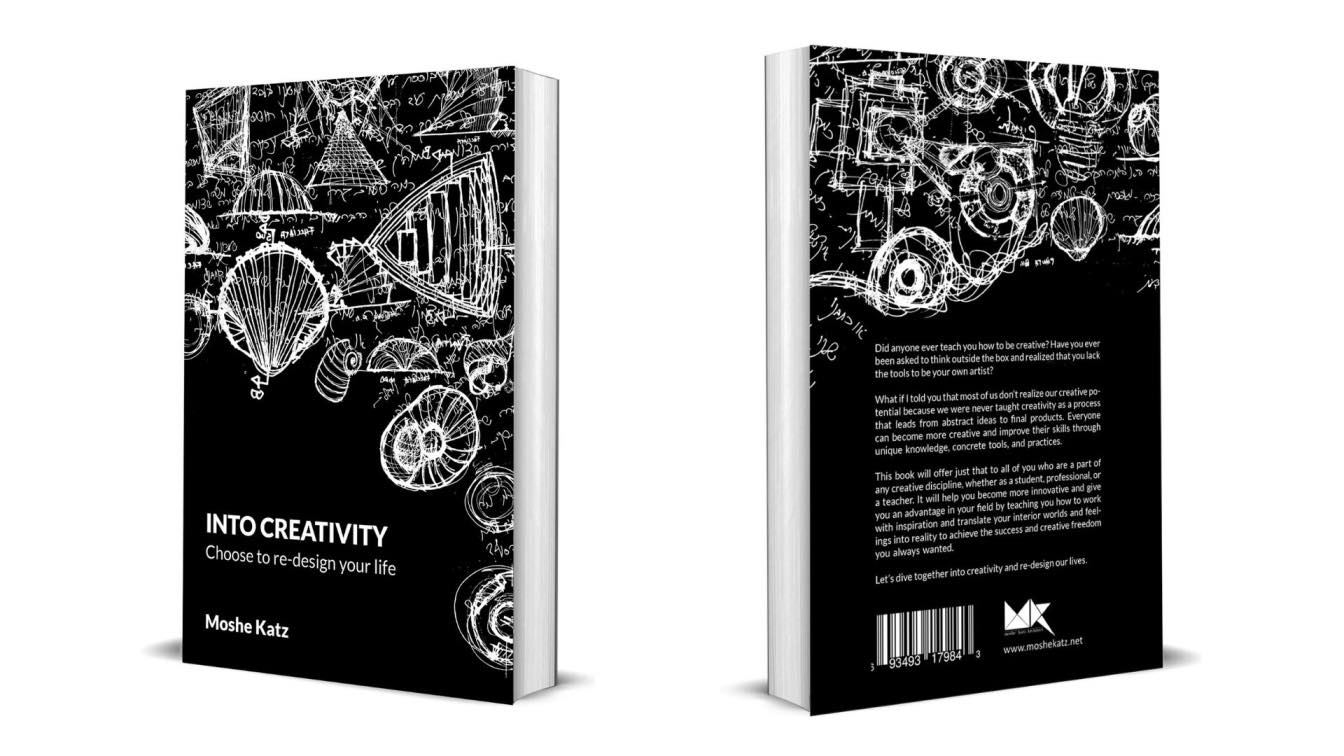
This book is a result of a 20-year study, work, and life as person in the search for the artist within him. The author takes us on a journey through creativity, inspiration and the unique process of an idea turning into something real in the world. He brings unique knowledge, techniques, insights and methods to reconnect to our creative source and work as creators of our personal and professional life.
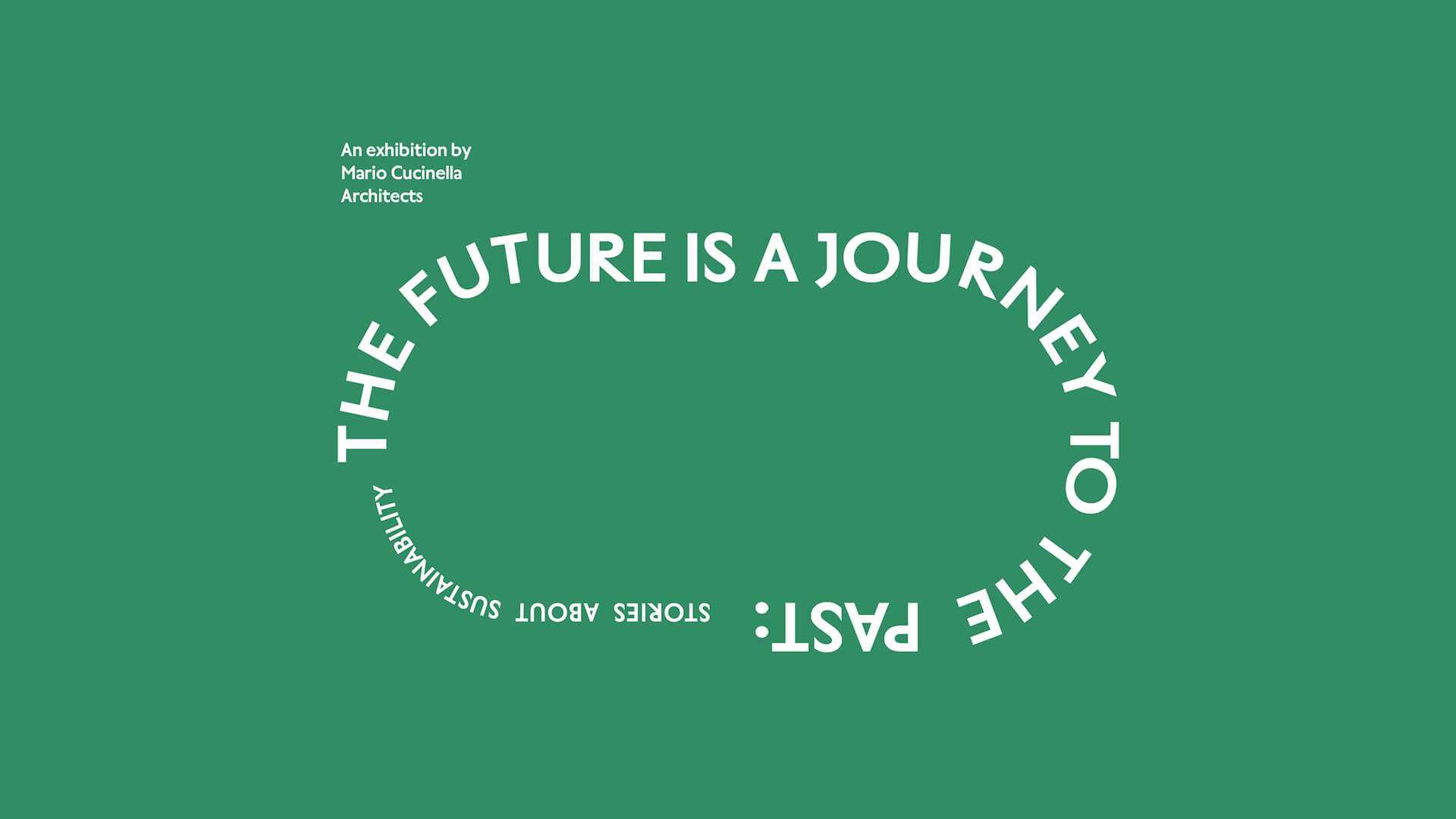
The Architectural Association presents The Future is a Journey to the Past: Stories about Sustainability, an exhibition curated by Mario Cucinella Architects
Events | 2 years agoFrom Friday 23 September 2022, the Architectural Association School of Architecture in London will host The Future is a Journey to the Past: Stories about Sustainability, an exhibition curated by Mario Cucinella Architects. The exhibition explores past and present notions of sustainability in order to develop the ecological thinking necessary to bridge the divide between the natural world and human activity – including, of course, architecture.
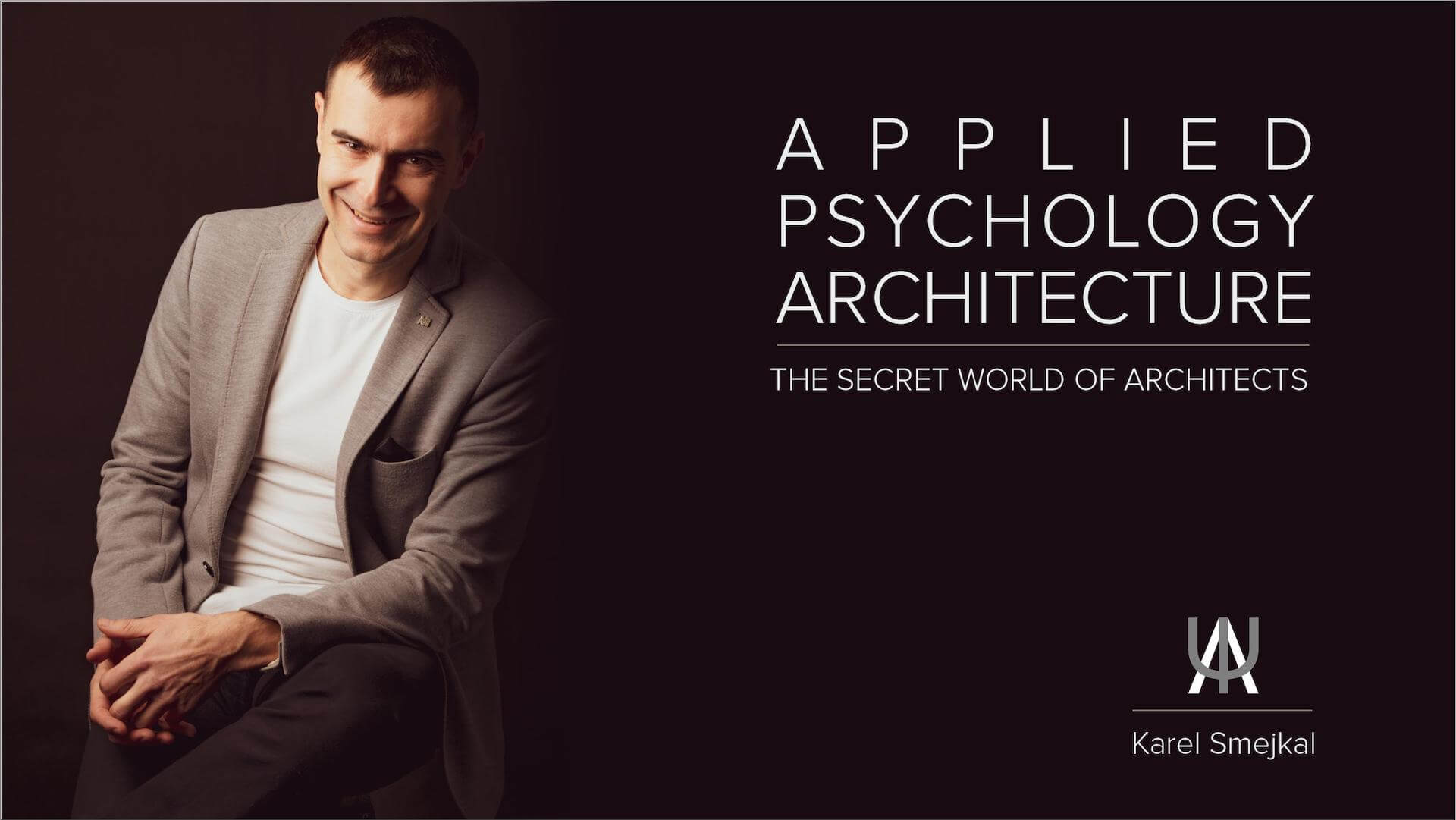
During ten years, the author met architects from more than 140 countries, but there was not one among them who could answer the question of what is the psychology of architecture. So he decided to return to university, assemble a research team in Applied Psychology of Architecture, and define and establish the entire discipline for the architectural community.